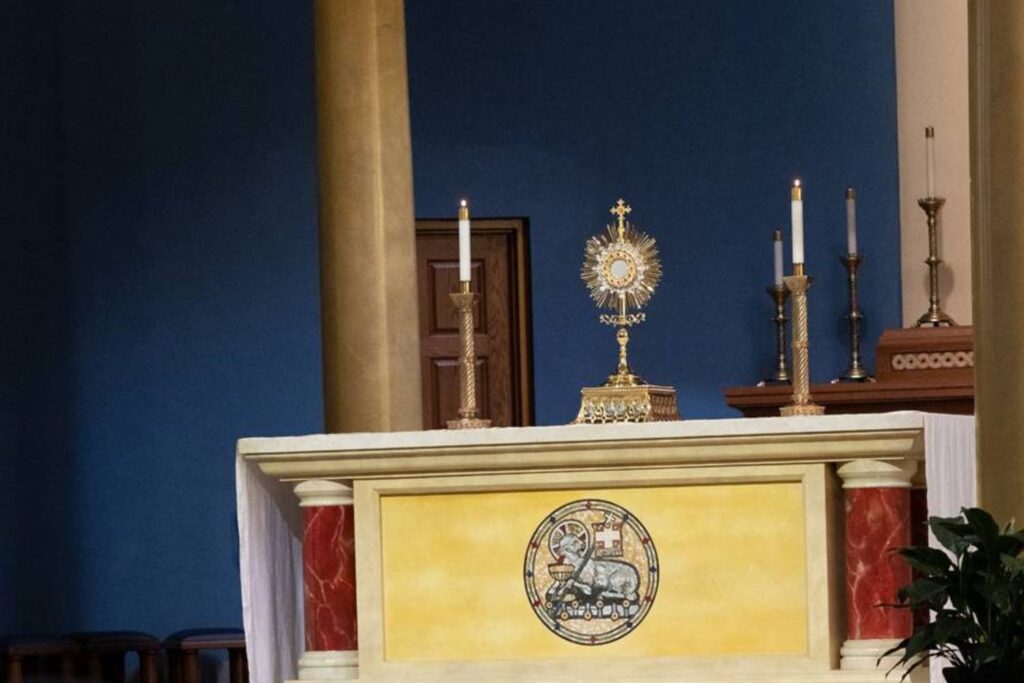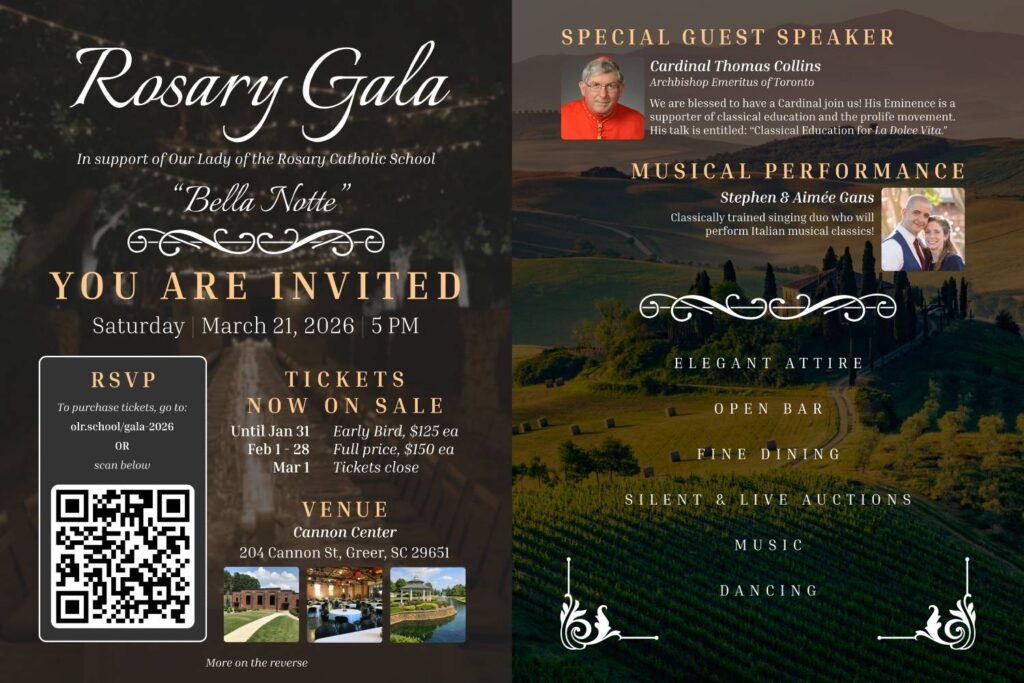When I wrote about our worship being a “compendium of culture” I mentioned a few things we often take for granted: the sacred vestments and vessels.
The church teaches that the sacred vessels must be inviolable and made from precious metals. When a parish is poor “precious metals” may be copper or bronze or even tin. However, glass or pottery vessels are not to be used because they can be broken and the sacrament desecrated.
Most of the sacred vessels at Our Lady of the Rosary are antiques that have been salvaged from old churches, renovated and restored. A priest is given a chalice and paten at his ordination so Father Ballard and I both have a chalice and paten that we were given and which we use regularly. The parish was also given a set of ciboria from St Mary’s that were no longer in use.
The clergy and servers wear vestments as a sign of their special role in the liturgy. They dignify worship and link our worship visually back to the traditions of the church right back to Roman times. The priest’s chasuble and the deacon’s dalmatic were simply the formal garb of Roman noblemen. They evolved to become the priestly vestments that reveal the incarnation in a unique way.
In the Old Testament the veil of the temple was woven from wool of four colors: red, white, violet and blue. These represented the four elements of earth, air, fire and water, and thus the whole physical realm. When the high priest went through the temple veil into the Holy of Holies—into the presence of the Lord, he would then emerge through the veil to speak to the people. The priest’s vestments were also made from the same four colors thus his vestments represented the physical—material realm and the priest emerging through that realm was a pointer to God himself taking flesh in the incarnation.
We remember this when we sing in the great hymn Alleluia Sing to Jesus “Thou within the veil has entered, robed in flesh the great high priest—thou on earth both priest and victim in the Eucharistic feast.”
The same four colors are evident in the four colors of vestments in Catholic worship: Red, White, Violet and Green (if you look closely, you’ll see that our green vestments have a blue lining which echoes the fourth Old Testament color.
These are the riches of tradition evident even in the details of our sacred vessels and vestments.





